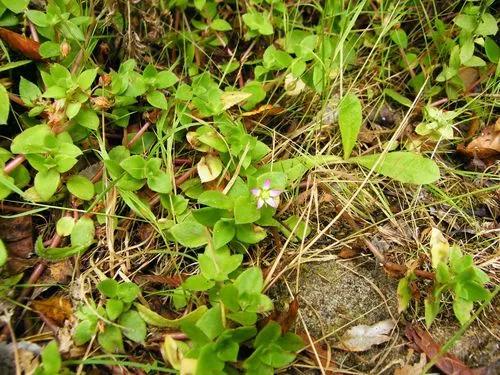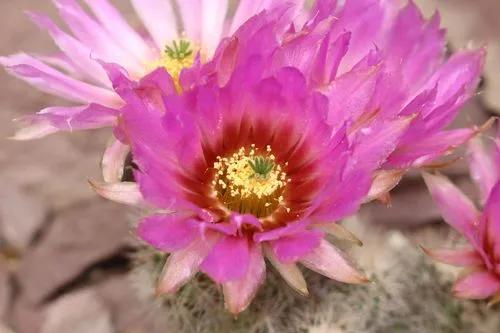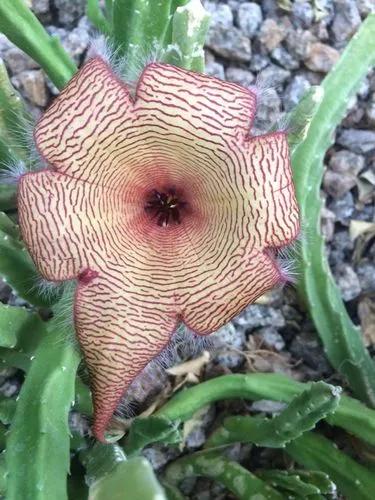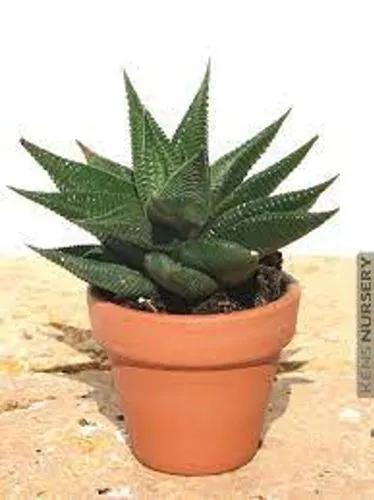Echeveria “Black Prince” is a succulent plant from the Crassulaceae family. The birthplace of this eccentric greenie is South and Central America. Thanks to its extraordinary appearance, this plant is everyone's favorite! In addition, it is unpretentious in care.
Black Prince Care
Echeveria black prince



With proper care, the diameter of the plant can grow up to 6 inches (15 cm). The leaves of Black Prince Echeveria are elongated and pointed at the tips. They are green at the base and can change color to dark brown in bright light. The flowers are small and scarlet.
How to Care for the Plant

Water

As a succulent, Echeveria needs moderate watering. In summer, you can water your green pet about once a week when the topsoil dries out. In winter, reduce watering to once a month. It's best to use settled or rainwater at room temperature. Avoid getting liquid on the leaves and flower rosettes.

Pruning

Echeveria does not require shaping or other special pruning. However, you can remove the withered lower leaves to maintain the decorative look of the plant.

Fertilizer

Black Prince does not need frequent feeding. It is enough to fertilize it once a month during the growing season (spring and summer). Use a complex solution for succulents (cacti). Apply half-strength. An excess of minerals can damage the plant's delicate root system, so it's best to be careful!

Sunlight

This plant loves bright sunlight and is not afraid of direct rays. You can place it on the southern windowsill. Even though this greenie is not scared of light, it doesn't tolerate extreme heat. If it's hot outside, move your Echeveria to partial shade.

Soil

To prepare the soil for Echeveria, you can combine 2 parts of coarse sand, 1 part of peat moss, and 1 part of loamy soil. You can add some crushed charcoal to the mix to prevent root rot. You also need to ensure your soil has a drainage layer. It should take up about 1/3 of the pot.

Propagation

Most often, Black Prince is propagated by cuttings. You can use the plant's leaves or derivative sprouts as planting material. An alternative propagation method is by seeds.

Temperature

This plant loves warmth. The optimum temperature in summer is about 68-80°F (20-27°C). In winter, the optimal range is 50-60°C (10-15°C). The leaves of the plant are very sensitive to cold and frost. Don't let your greenie freeze if you want it to look beautiful!

Container

Since the Black Prince has a surface root system, so it needs a wide and shallow pot. The most optimal diameter is 0.59-0.78 inches (1.5-2 cm) larger than the size of the plant. Make sure to check if your vessel has drainage holes. Otherwise, the roots can begin to rot due to stagnant moisture!

Fun fact

Echeveria got its name in honor of the Mexican artist who illustrated books about the flora of Mexico.

Popularity

380 people already have this plant 139 people have added this plant to their wishlists
Discover more plants with the list below
Popular articles






